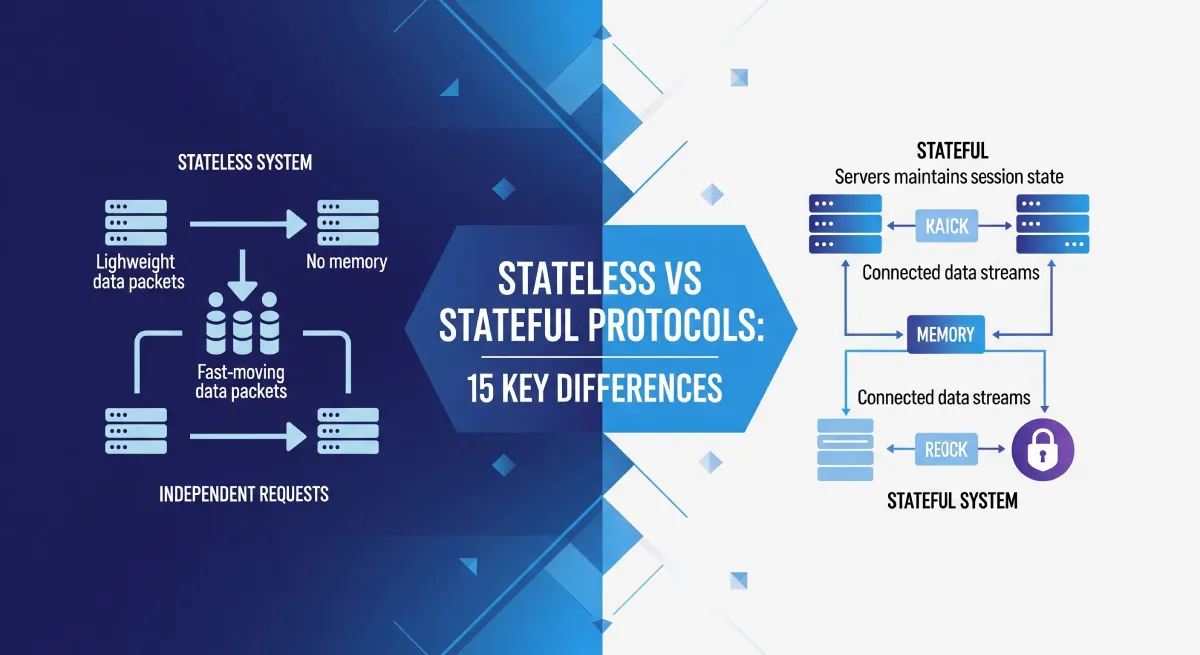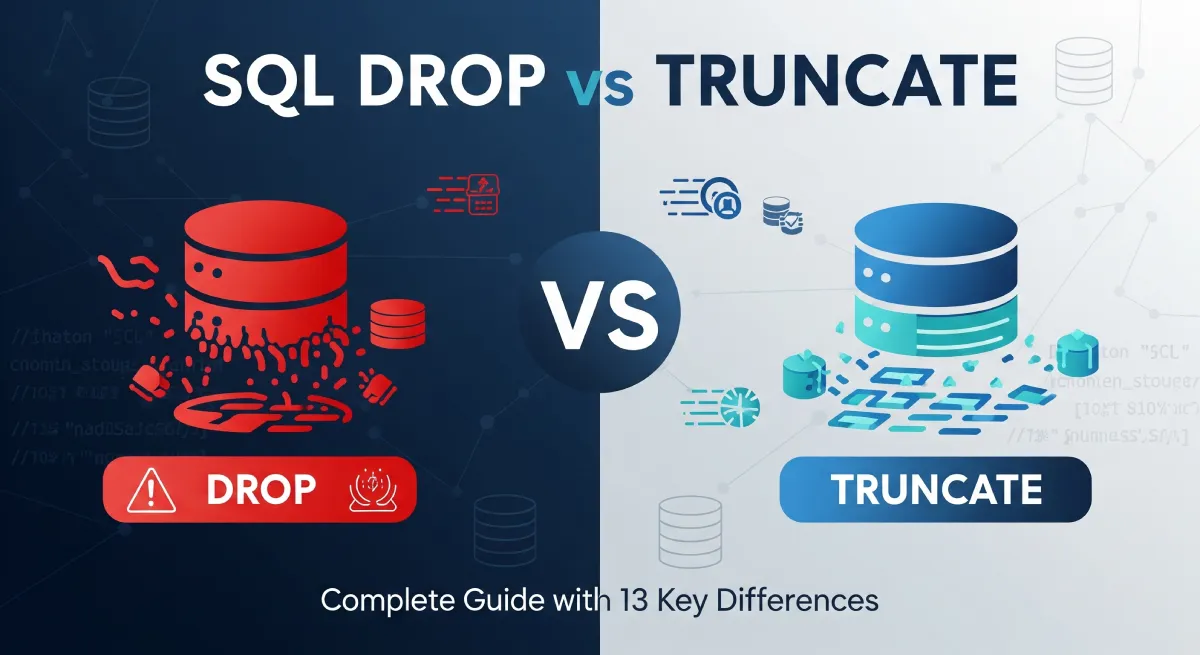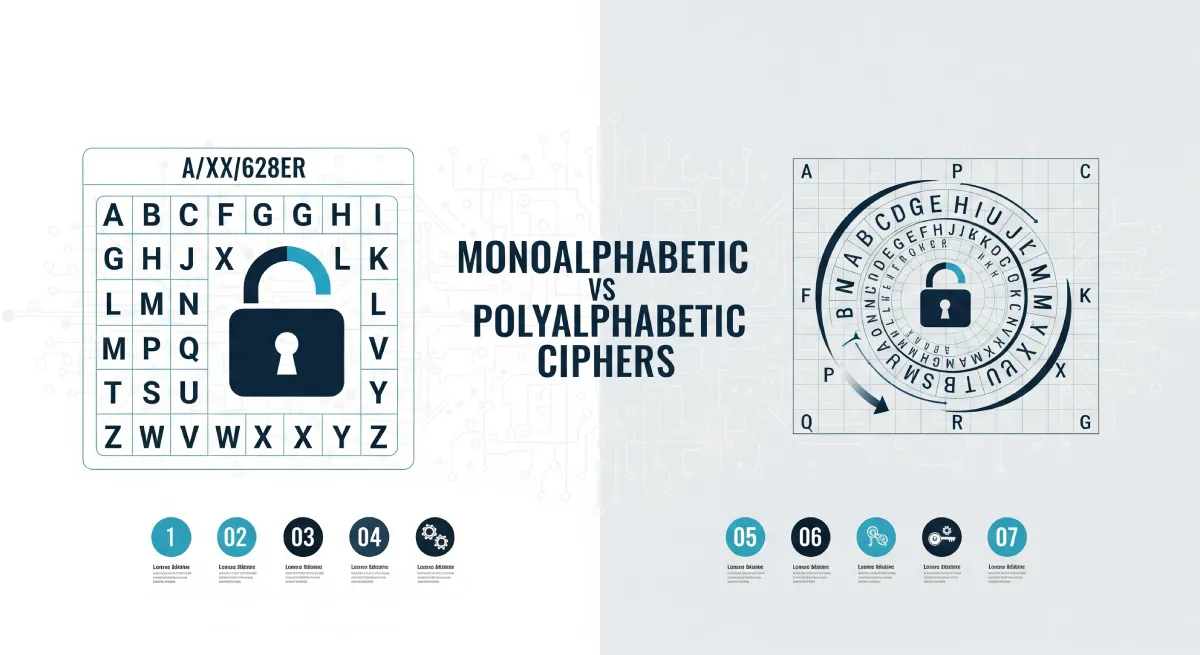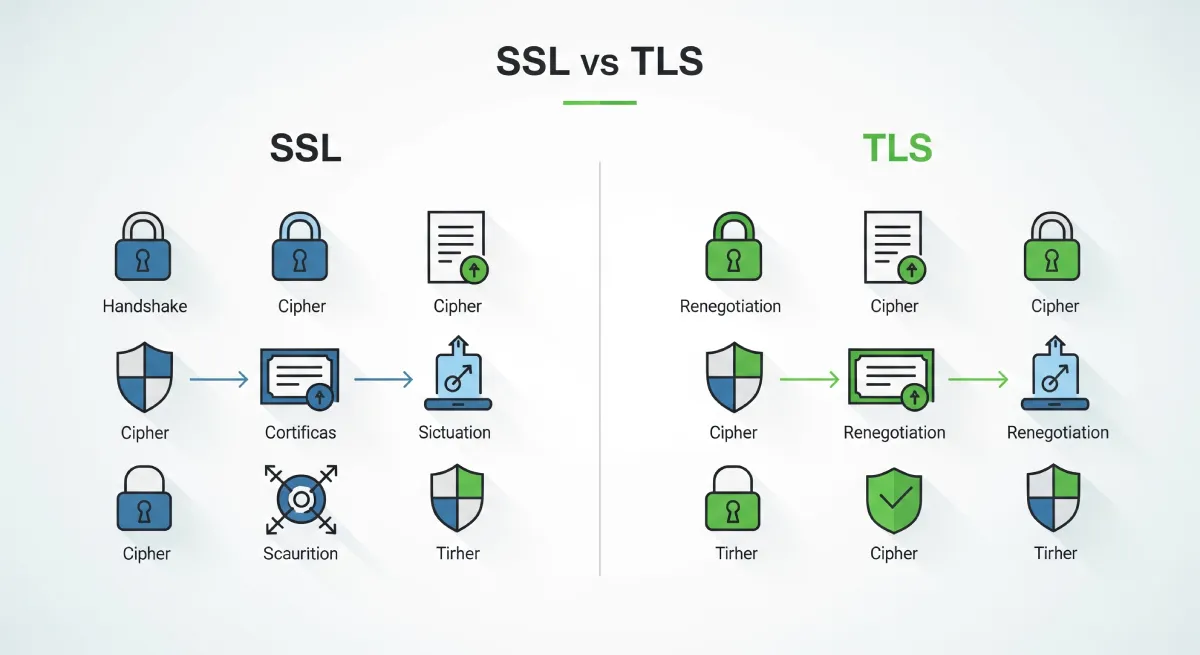What is Horizontal Retrace?
Horizontal retrace refers to the moment when a cathode ray tube (CRT) display resets the electron beam to the beginning of the next line. It occurs during the period when the electron beam moves from right to left or left to right across the screen, preparing to render the next line of the image. This horizontal blanking interval is necessary to ensure a smooth transition and prevent flickering on the screen.
During the horizontal retrace, the electron beam temporarily switches off to reposition itself at the beginning of the next line. This brief pause allows the CRT display to adjust and reset, ensuring accurate rendering of the image without any distortion or artifacts. Horizontal retrace plays a crucial role in maintaining the visual integrity and stability of the displayed image.
What is Vertical Retrace?
Vertical retrace, on the other hand, involves the CRT display moving the electron beam back to the top of the screen after reaching the bottom. It occurs during the vertical blanking interval, which is the period when the electron beam is not actively scanning any lines on the screen.
Similar to horizontal retrace, vertical retrace provides essential maintenance time for the CRT display. It allows the electron beam to return to the top of the screen, ensuring a seamless transition to the next frame or image. Without vertical retrace, the display would exhibit visible tearing or artifacts, resulting in a subpar visual experience.
The Key Differences
While both horizontal retrace and vertical retrace serve critical functions in computer graphics, there are significant differences between the two:
Direction of Movement: Horizontal retrace involves the electron beam moving horizontally across the screen, from left to right or right to left, whereas vertical retrace involves the beam moving vertically from the bottom to the top.
Timing and Purpose: Horizontal retrace occurs between each line of the image, ensuring a smooth transition, reducing flickering, and providing stability to the displayed image. Vertical retrace takes place at the end of each frame, allowing the display to reset and prepare for the next frame.
Impact on Display: Horizontal retrace primarily affects the quality of individual lines, ensuring they are accurately rendered without distortions. Vertical retrace, on the other hand, impacts the overall visual cohesiveness of the display, preventing tearing and artifacts between frames.
The Importance of Horizontal Retrace and Vertical Retrace
Horizontal retrace and vertical retrace may seem like technical intricacies, but they play a vital role in delivering high-quality visuals in computer graphics. Understanding their differences and their impact on display performance is crucial for professionals and enthusiasts alike.
By optimizing horizontal retrace and vertical retrace settings, developers and graphic designers can ensure a superior visual experience, free from flickering, tearing, and other distracting artifacts. These concepts form the foundation of smooth and immersive graphics, enhancing the overall appeal of video games, movies, animations, and other graphical content.

Key Differences: Horizontal vs Vertical Retrace
Horizontal Retrace | Vertical Retrace |
|---|---|
| Occurs between each line of the image | Takes place at the end of each frame |
| Moves the electron beam horizontally across the screen | Moves the electron beam vertically from bottom to top |
| Ensures smooth transition and reduces flickering | Prevents tearing and artifacts between frames |
| Adjusts and resets the CRT display for accurate line rendering | Allows the display to reset and prepare for the next frame |
| Horizontal blanking interval | Vertical blanking interval |
| Affects the quality of individual lines | Impacts the overall visual cohesiveness of frames |
| Ensures stability and visual integrity of the displayed image | Contributes to the seamless transition between frames |
| A temporary pause in electron beam movement | Beam movement back to the top of the screen |
| Reduces distortions and artifacts on a line-by-line basis | Prevents tearing and artifacts between consecutive frames |
| Primarily impacts the quality of individual lines | Impacts the overall visual quality of frames |
FAQs: Decoding Horizontal vs Vertical Retrace in Graphics
What is the difference between horizontal and vertical retrace?
Horizontal retrace moves the electron beam back to the left after scanning a line, while vertical retrace moves it from the bottom to the top after completing a full frame.
Why is retrace necessary in graphics displays?
Retrace prevents image distortion by allowing the beam to reset its position before drawing the next line or frame.
How does horizontal retrace work?
After drawing a scan line, the beam turns off briefly and returns to the left side to start the next line.
What happens during vertical retrace?
Vertical retrace occurs when the beam moves from the bottom-right of the screen back to the top-left to start a new frame.
How does retrace affect refresh rate?
Retrace impacts refresh rate by determining how quickly frames can be redrawn without flicker or tearing.
Can horizontal and vertical retrace cause screen tearing?
Yes, improper synchronization between retraces and frame rendering can lead to screen tearing.
What role does VSync play in retrace handling?
VSync synchronizes frame rendering with vertical retrace to reduce screen tearing and improve smoothness.
Why does retrace time matter in CRT monitors?
Retrace time ensures smooth transitions between scan lines and frames, preventing flicker in CRT displays.
Do modern LCD and OLED screens use retrace?
LCD and OLED screens do not rely on retrace in the same way as CRTs but still use refresh cycles to update images.
How can retrace issues be minimized in gaming?
Using VSync, G-Sync, or FreeSync helps match refresh rates with retrace cycles, reducing artifacts like tearing.
Conclusion
In conclusion, horizontal retrace vs vertical retrace are two essential components of computer graphics that contribute to the seamless rendering of images and frames on a display. While horizontal retrace ensures smooth transitions between lines, vertical retrace maintains the overall visual cohesiveness of frames. By understanding their distinctions and leveraging their capabilities, professionals can create visually stunning and captivating graphics that leave a lasting impression on viewers.




Wow, superb blog layout! How long have you been blogging for? You make blogging look easy. The overall look of your website is magnificent; it’s very useful and easy to understand the topics you cover.